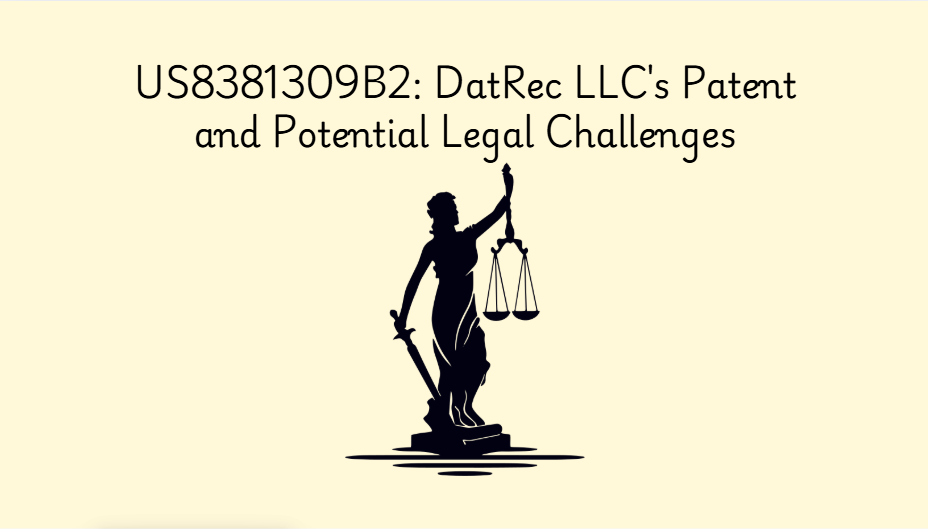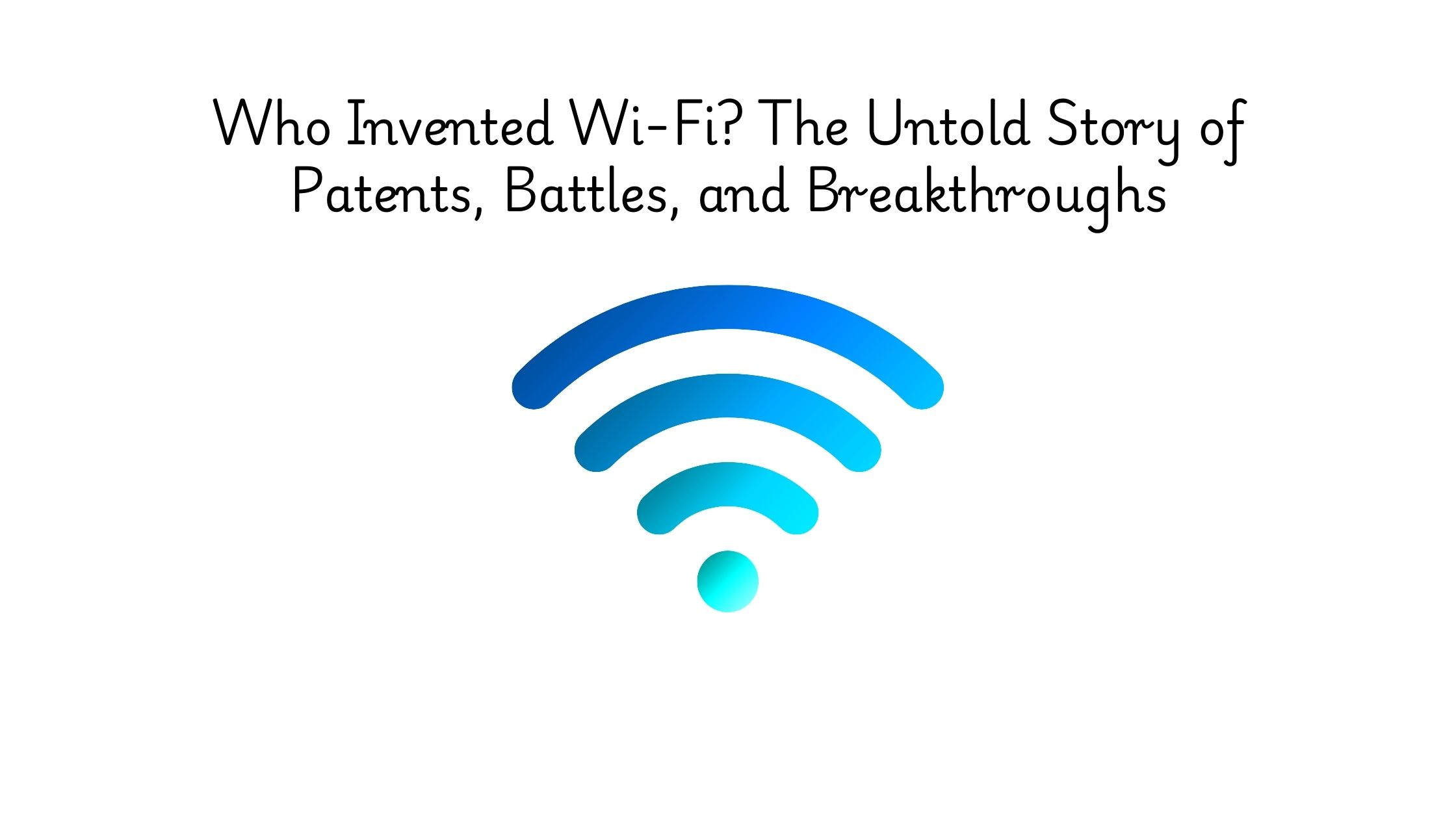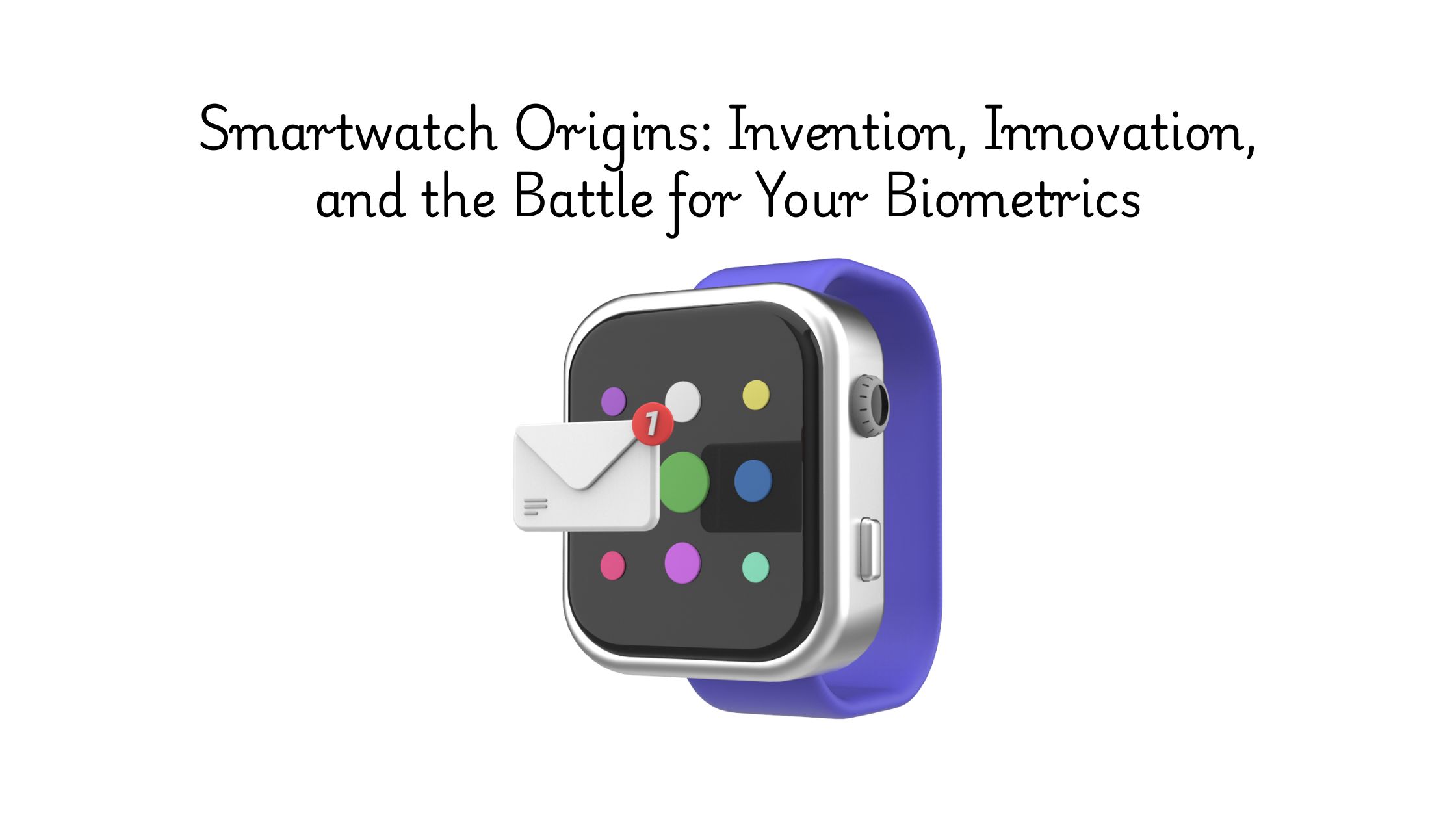Could US8381309B2 be at the center of an ongoing patent battle? DatRec, LLC, a well-known non-practicing entity, has aggressively pursued litigation over this patent, with multiple cases filed against various companies. While many of these cases have been resolved, several remain active, keeping this patent in the legal spotlight.
This patent relates to biometric authentication and identity verification, a critical technology in modern security systems. It covers methods for storing, processing, and retrieving biometric data, such as fingerprints or facial scans, to authenticate users. Given the widespread use of biometric authentication in industries like finance, healthcare, and enterprise security, it is no surprise this patent has become a litigation hotspot.
Understanding whether related patents exist is crucial in assessing their validity. The Google Patent Search tool lets users quickly find related patents with similar features, helping legal teams analyze potential overlaps and strengthen their case.
Let’s dive deeper into US8381309B2 and the key features that make it so controversial.
Understanding Patent US8381309B2
US8381309B2 describes a method and system for secure communication over a public network. The core idea behind the invention is to verify user identities through a database of authenticated individuals. By allowing users to define different levels of communication based on verification, the system enhances security and reduces exposure to fraudulent or unverified contacts.
This technology is particularly relevant in online messaging, authentication protocols, and enterprise security, where verifying the identity of users before allowing access or communication is crucial.
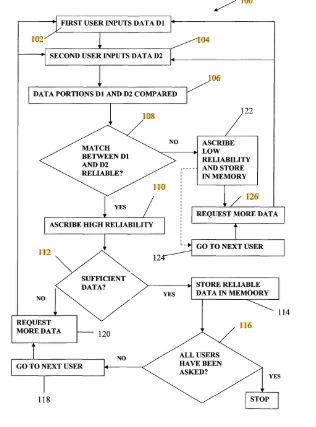
Source: US8381309B2
Its four key features are:
#1. Verified identity database – A database stores the identity data of multiple individuals, verified for accuracy.
#2. Authentication system – The system cross-checks and verifies user-provided information to prevent false identities.
#3. Communication permissions – Users can define different levels of interaction based on verification status.
#4. Personalized exposure mechanism – Users control how much of their identity is exposed to different contacts, ensuring privacy and security.
This patent has become a litigation target due to its broad claims on secure communication and identity authentication, features widely used in modern digital security frameworks. Given the prevalence of biometric authentication, identity verification systems, and enterprise security solutions, many companies may inadvertently implement similar methods, making them potential targets for litigation.
Related Patent Reference for US8381309B2
#1. US6209100B1
This patent, filed on March 27, 1998, by IBM (International Business Machines Corp.), describes a system for moderated forums with anonymous but traceable contributions. It establishes a database-based authentication system where users can post content anonymously while allowing moderators or administrators to trace their identity if necessary. The system employs password-based authentication for forum participation and manages access privileges through user identification credentials.
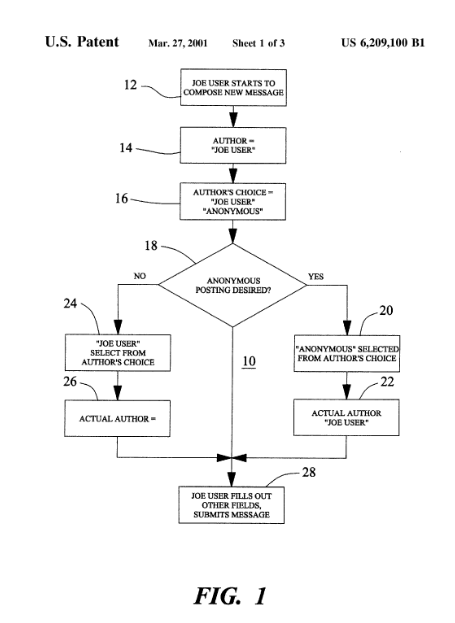
Source: US6209100B1
Key Features of this Related Patent:
- Database-based authentication – The reference describes a database that verifies user identity before allowing access, similar to the authentication system in US8381309B2.
- User identity verification – A password-based system ensures user authentication, though it does not explicitly cover broader identity verification using verified data.
- Access control mechanism – Users are granted access to forums based on predefined moderation rules, resembling the communication permission levels in US8381309B2.
- Anonymous but traceable contributions – Users can post content under an anonymous designation, but their actual identity remains accessible to moderators or administrators if needed.
Which features of US8381309B2 are disclosed by US6209100B1?
| Key Feature of Claim 1 | Disclosure Status |
| A method provides a database accessible through a network with verified data for authenticating identity of individuals | Partially Disclosed |
| The database is constructed by compiling multiple individual data sets (IDSs) | Partially Disclosed |
Key Excerpt from US6209100B1:
“The posting method can further comprise the step of displaying the data representing the actual user name and the anonymous designation only to the administrator, only to the moderator, or to both the moderator and the administrator. Registration is the process of assigning a user identification (userID) and password to a new user of a particular Internet service after the user has supplied the necessary information, for example, name, e-mail address, and telephone number.”
#2. JPH06244833A
This patent, filed on August 30, 1991, by Nippon Telegraph & Telephone (NTT), describes a communication security method. It involves setting security levels for communication partners and information to ensure secure communication. While it discusses communication security, it does not explicitly mention a network-accessible database for verifying identities.
Key Features of this Related Patent:
- Communication security method – The reference discusses ensuring secure communication by setting security levels for communication partners, aligning with the permitted communication levels described in US8381309B2.
- Security levels for communication partners – This reference defines security levels based on the reliability of the communication partner, similar to the verification-based communication levels in US8381309B2.
- Information security and privacy – The reference addresses securing the communication content, though it does not cover identity verification or database construction for authentication as in US8381309B2.
Which features of US8381309B2 are disclosed by JPH06244833A?
| Key Feature of Claim 1 | Disclosure Status |
| The system defines permitted communication levels between individuals based on verification level | Partially Disclosed |
Key Excerpt from JPH06244833A:
“The present invention is directed at providing a communication security method capable of preventing communication contents from being transferred to unauthorized parties. The method establishes a first security level corresponding to a communication partner’s access and defines a reception security level for controlling the communication information.”
#3. CA2324240A1
This patent, filed on March 17, 1999, by Sonera SmartTrust Oy, describes a procedure and system for reliable and safe identification of a contracting party over a telecommunication network. The system involves a database managed by a reliable third party to store verification records for contracting parties. This aligns with US8381309B2’s use of a network-accessible database for verifying identity but focuses on contracting parties in telecommunication rather than broader identity authentication.
Key Features of this Related Patent:
- Database for identity verification – The reference describes a database accessible through a network for verifying contracting party identity, aligning with the feature in US8381309B2 that uses a database to authenticate identities.
- Third-party management of verification records – The reference mentions a third party managing and storing verification records, though it does not explicitly mention using verified data for broader identity purposes beyond contracts.
- Verification of contracting parties – The reference focuses on validating the identity of contracting parties, similar to the identity verification described in US8381309B2, though it does not use a family tree or relationship data.
- Verification-based security – The system ensures reliable identity verification for secure transactions, conceptually similar to US8381309B2’s focus on secure communication based on verified identities.
Which features of US8381309B2 are disclosed by CA2324240A1?
| Key Feature of Claim 1 | Disclosure Status |
| A method provides a database accessible through a network with verified data for authenticating identity of individuals | Fully Disclosed |
| The database is constructed by compiling multiple individual data sets (IDSs) | Partially Disclosed |
Key Excerpt from CA2324240A1:
“The verification request is saved to a verification database. This verification database may be a database that is accessible by a third party and is used to verify the identity of the contracting parties. The database allows the contract to be confirmed, and the identity of the parties to be verified and traced.”
#4. IE940238A1
This patent, filed on March 16, 1994, by Paul McCormack, describes a contact and response device for establishing mutual interest between two parties. The system involves communication and identity verification in an anonymous setting, where one party expresses interest in the other without revealing their identity.
Key Features of this Related Patent:
- Contact and response system – The reference describes a device for establishing mutual interest between two parties while maintaining anonymity, though it does not provide a detailed system for identity verification through a database as described in US8381309B2.
- Anonymous communication – The system allows for anonymous contact, with limited identity exposure, which contrasts with the identity authentication system in US8381309B2 that uses a verified database.
- Mutual interest validation – The reference uses a device to validate mutual interest between parties, conceptually similar to the permission-based communication levels in US8381309B2 based on verification.
This is how feature mapping from the tool looks like:
Source: GPS
Which features of US8381309B2 are disclosed by IE940238A1?
| Key Feature of Claim 1 | Disclosure Status |
| The system defines permitted communication levels between individuals based on verification level | Partially Disclosed |
Key Excerpt from IE940238A1:
“The present invention provides a device suitable for use in establishing whether a mutual interest may exist between a sender, A, and a recipient, B, such that, during the procedure, the identity of either party remains anonymous to the other until a mutual interest is established.”
#5. CA2274350A1
This patent, filed on June 14, 1999, by AT&T Corp., describes an anonymous voice communication system that uses a Call Broker to establish communication sessions between participants. The system ensures privacy by maintaining anonymity during communication setup.
Key Features of this Related Patent:
- Call Broker system – The reference describes a Call Broker that facilitates voice communication setup and participant identification, similar to the authentication systems in US8381309B2.
- Anonymity in communication setup – The system maintains anonymity during the setup of voice calls, contrasting with US8381309B2, which uses verified identity for secure communication.
- Session and authorization controls – Participant Authorization Codes (PACs) control access to communication sessions, similar to how US8381309B2 defines permitted communication levels based on verification.
Which features of US8381309B2 are disclosed by CA2274350A1?
| Key Feature of Claim 1 | Disclosure Status |
| The system defines permitted communication levels between individuals based on verification level | Partially Disclosed |
Key Excerpt from CA2274350A1:
“The system includes a Call Broker which processes the communication session and verifies participant information through a Participant Authorization Code (PAC). The PAC determines whether the participants can engage in the communication session, maintaining privacy during setup.”
Feature Comparison Table
| Key Feature of Claim 1 | US6209100B1 | JPH06244833A | CA2324240A1 | IE940238A1 | CA2274350A1 |
| A method provides a database accessible through a network with verified data for authenticating identity of individuals | Partially Disclosed | Not Disclosed | Fully Disclosed | Not Disclosed | Not Disclosed |
| Multiple individuals related to a target individual can enter individual-associated data bits (IDB) about the target individual | Not Disclosed | Not Disclosed | Not Disclosed | Not Disclosed | Not Disclosed |
| The IDB includes personal identifier and relationship data indicating a family tree | Not Disclosed | Not Disclosed | Not Disclosed | Not Disclosed | Not Disclosed |
| Individual-associated data sets (IDS) are generated from the IDBs containing data about the individual and related individuals | Not Disclosed | Not Disclosed | Not Disclosed | Not Disclosed | Not Disclosed |
| The system verifies IDS by determining reliability based on similarity between data entered by different individuals | Not Disclosed | Not Disclosed | Not Disclosed | Not Disclosed | Not Disclosed |
| The database is constructed by compiling multiple individual data sets (IDSs) | Partially Disclosed | Not Disclosed | Partially Disclosed | Not Disclosed | Not Disclosed |
| The system defines permitted communication levels between individuals based on verification level | Partially Disclosed | Partially Disclosed | Not Disclosed | Partially Disclosed | Partially Disclosed |
How to Find Related Patents Using Global Patent Search
Finding related patents is a critical step in evaluating the validity and potential challenges to a patent. The Global Patent Search (GPS) tool simplifies this process, providing an efficient way to discover related patents that may impact a patent’s scope or enforceability. Here’s how GPS can help you find related patents for US8381309B2 and other patents in similar cases:
Search by patent number or description – Simply enter the patent number (e.g., US8381309B2) or relevant description to instantly retrieve a list of relevant patents and related documents.
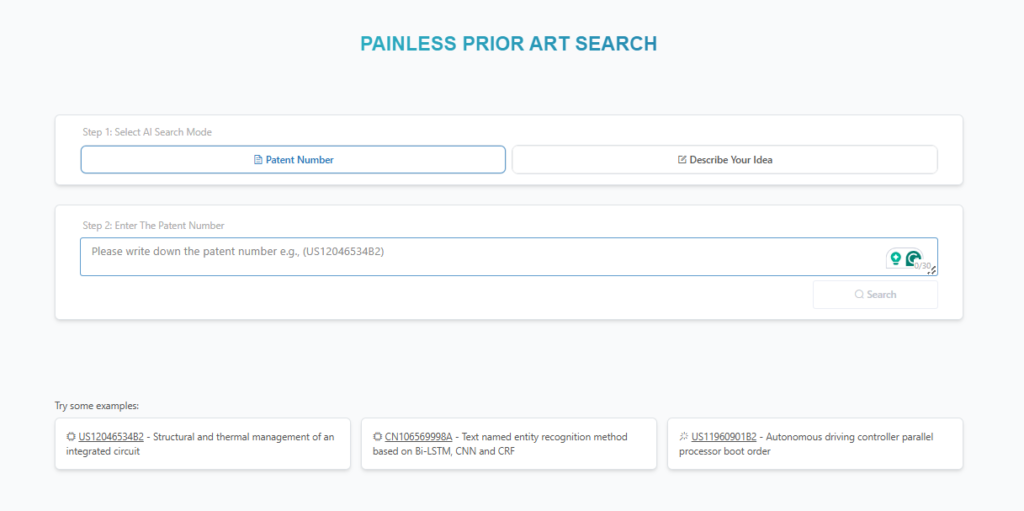
Source: GPS
Leverage feature mapping – The GPS tool’s feature mapping function compares the key features of a target patent with other patents to identify overlaps and relevant references.
Review matching results – Browse through curated results of related patents and their respective claims, making it easy to spot overlaps in technology and claims.
Analyze detailed reports – GPS offers comprehensive reports that outline how the features of a given patent correspond to those of the related patents, allowing for in-depth analysis and comparison.
Make confident decisions – Armed with verified insights, you can refine your legal strategy, making data-driven decisions to strengthen your case.
The Global Patent Search tool simplifies the complex task of finding related patents, providing clarity and efficiency in the process.
Eliminate Uncertainty in Related Patent Research
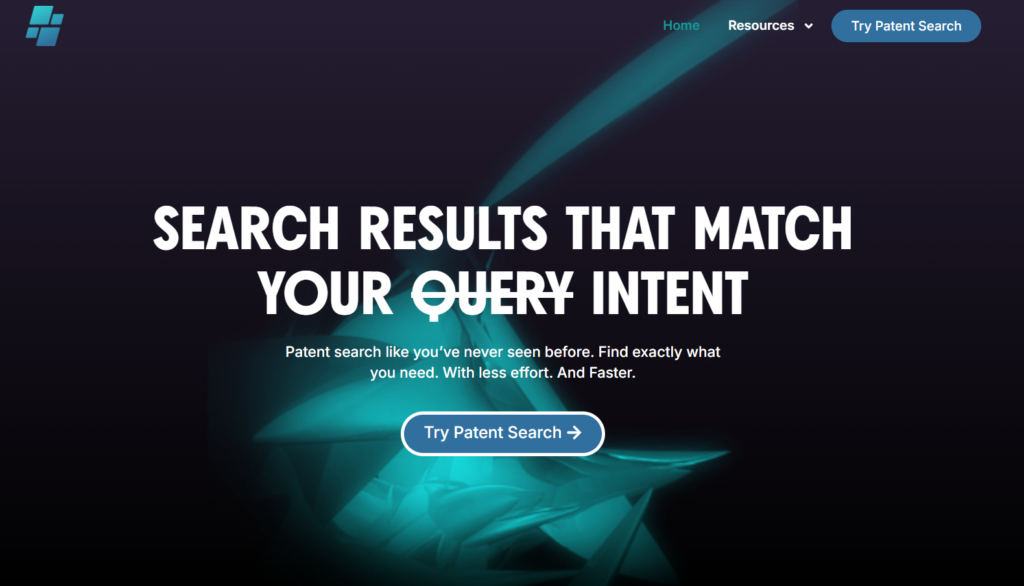
Patent challenges can be complicated, but finding related patents shouldn’t be. With Global Patent Search, you can benefit from:
- Instant results – Say goodbye to tedious manual searches and quickly access the related patents that matter most.
- Precise feature mapping – Easily spot overlaps and similarities with accuracy, using reliable, data-driven insights.
- Comprehensive insights – Strengthen your position with detailed, verified reports on related patents, giving you the clarity you need.
Don’t leave your patent analysis to guesswork. Get the most relevant, up-to-date references to guide your legal strategy. Begin your search now with Global Patent Search and confidently navigate the complexities of patent disputes!
Disclaimer: The information provided in this article is for informational purposes only and should not be considered legal advice. The related patent references mentioned are preliminary results from the Global Patent Search (GPS) tool and do not guarantee legal significance. For a comprehensive related patent analysis, we recommend conducting a detailed search using GPS or consulting a patent attorney.

